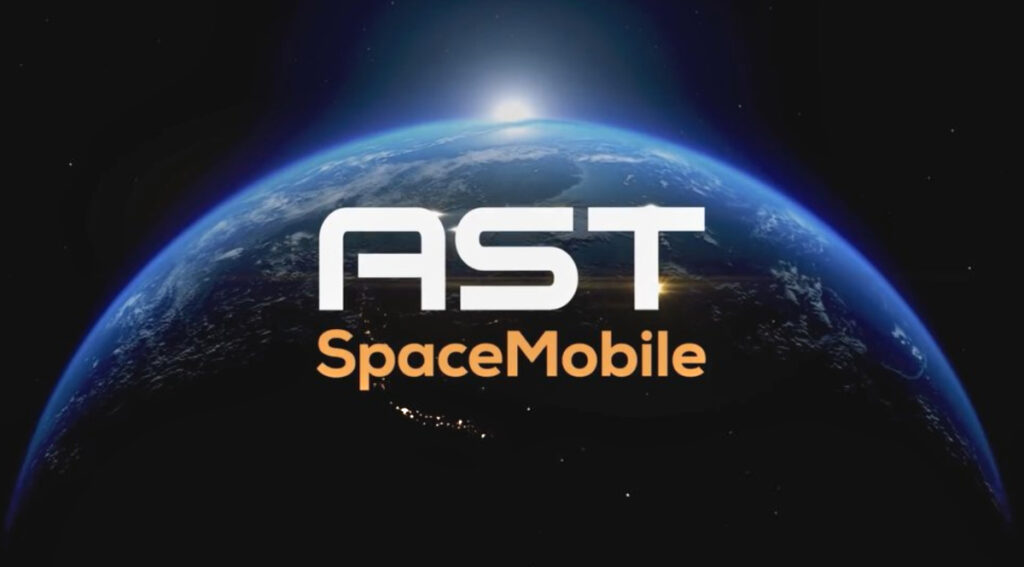
AST SpaceMobile has issued its Q1 results and provided analysts with more detail on its launch schedules and business plan for the next few months. AST is planning to supply connectivity to consumers ‘smart’ phones anywhere on the planet.
CEO Abel Avellan told analysts that the company was at an inflection point, noting,
We are at an inflection point for the company. We have ramped up manufacturing capacity and are now able to announce our plans to support five scheduled orbital launches over the next six to nine months. Commercially, we have also expanded our U.S. Government opportunity and are in a position to start generating meaningful revenue during 2025.”
He added that the industry could anticipate orbital launches every one to two months on average during 2025 and 2026. He said that the first Block 2 BlueBird satellite expected to ship in Q2 2025, with orbital launch scheduled during July 2025 on an Indian rocket.

AST was on track with satellite manufacturing of 40 Block 2 BlueBird satellites and the procurement of components and materials needed to complete fully assembled microns and phased arrays for over 50 satellites in total.
The company in-house satellite manufacturing at its Midland, Texas, facility was expected to reach a cadence of six satellites per month during 2025, with phased array equivalent cadence reaching the target during Q3 2025.
Avellan said that manufacturing and orbital launch schedules support continuous cellular broadband coverage goals in key markets such as the U.S., Europe, Japan the U.S. Government and other strategic markets during 2026. AST plans to activate initial cellular broadband capabilities across the U.S., Europe and Japan with its key partners including AT&T, Rakuten, Verizon and Vodafone using premium,
low-band wireless spectrum.
AST confirmed it has a “robust” balance sheet with $874.5 million (€778.3 million) in cash, cash equivalents, and restricted cash as of March 31st, 2025, with continued access to diverse capital markets. However, price increases in the costs of launching AST’s fleet means that AST will need $1.3 billion to launch 60 satellites, scheduled for 2025 and 2026. SpaceX will carry many of the fleet to orbit and Blue Origin’s New Glenn rocket will also be used for launches.
AST stated that there will be at least five launches between now and Q1 2026, and other than the July Indian launch—which will carry just one satellite—each subsequent rocket will carry multiple satellites.

